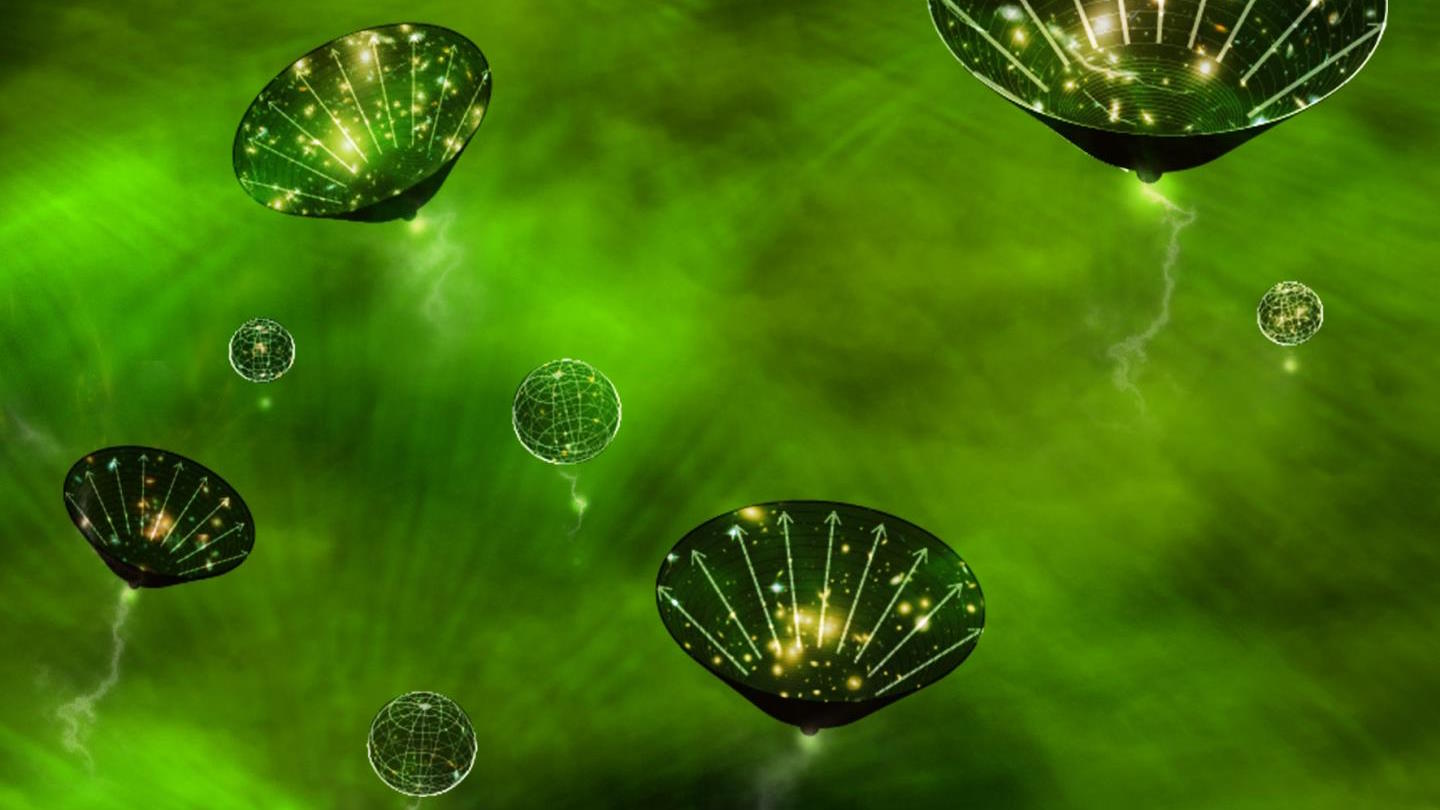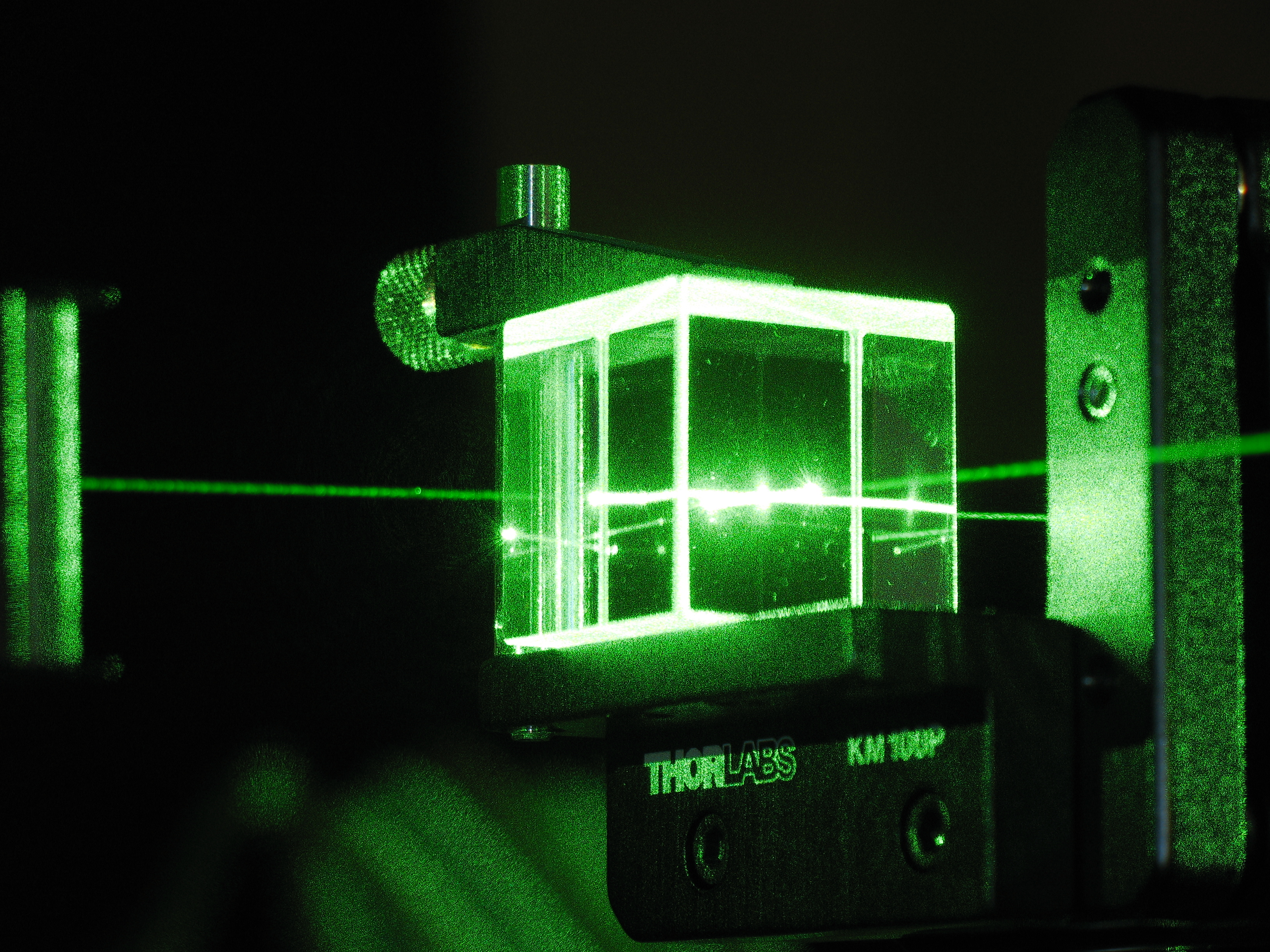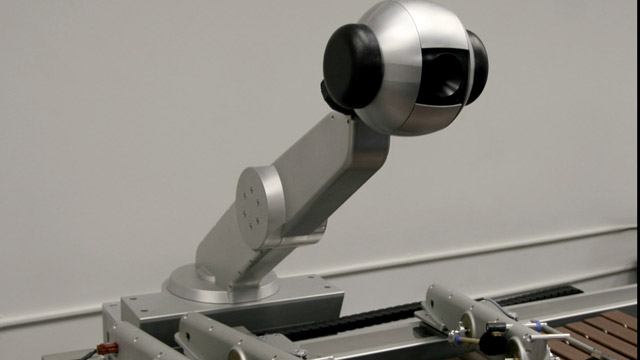How do we Pluck the Strings to Play the Notes of the Universe?

Every Wednesday, Michio Kaku will be answering reader questions about physics and futuristic science. If you have a question for Dr. Kaku, just post it in the comments section below and check back on Wednesdays to see if he answers it.
Today, Dr. Kaku addresses a question posed by Greg Hevia
How do we “pluck’”the strings? Can we play the notes of the universe in order to suit our needs?
Dr. Kaku: Many leading physicists believe that the world is made of tiny vibrating strings, too small to be seen by our instruments. Each mode of vibration or note on the string corresponds to a sub-atomic particle. Hence, all the vast number of sub-atomic particles that have been found by our particle accelerators can be explained as musical notes on the string. For example, the sum total of Einstein’s theory of general relativity and the Standard Model of particle physics can be describes as just the lowest vibratory mode of the string.
If we pluck this tiny string, then it changes its frequency of vibration, and tuns into a new particle. In this way, an electron (if hit by another particle) might turn into a quark or neutrino.
(However, we should point out that these strings can only vibrate consistently in a higher dimension of space-time.)
So the notes on the string correspond to the sub-atomic particles of nature. Physics corresponds to the harmonies of the strings. Chemistry corrersponds to the melodies we can play on interacting strings. The universe is a symphony of strings (and the Mind of God that Einstein wrote about is cosmic music resonating through 11 dimensional hyperspace).
However, this does not mean that we can create any form of matter we want. The transistion of the string from one mode to another (just like the musical transition of one note on a violin string to another) is strictly controlled by mathematics.
But although it means that we cannot create anything we want out of strings, it does mean that we can predict the existence of a whole zoo of particles that have not yet been discovered. Dark matter, for example, is easily explained as just the next vibratory mode of the string. Since there are an infinite number of octaves of the string, it means that our accelerators should be able to produce entirley new forms of matter. The hope, for example, is that the Large Hadron Collider may be able to produce dark matter, which can then be compared with the predictions of string theory.





